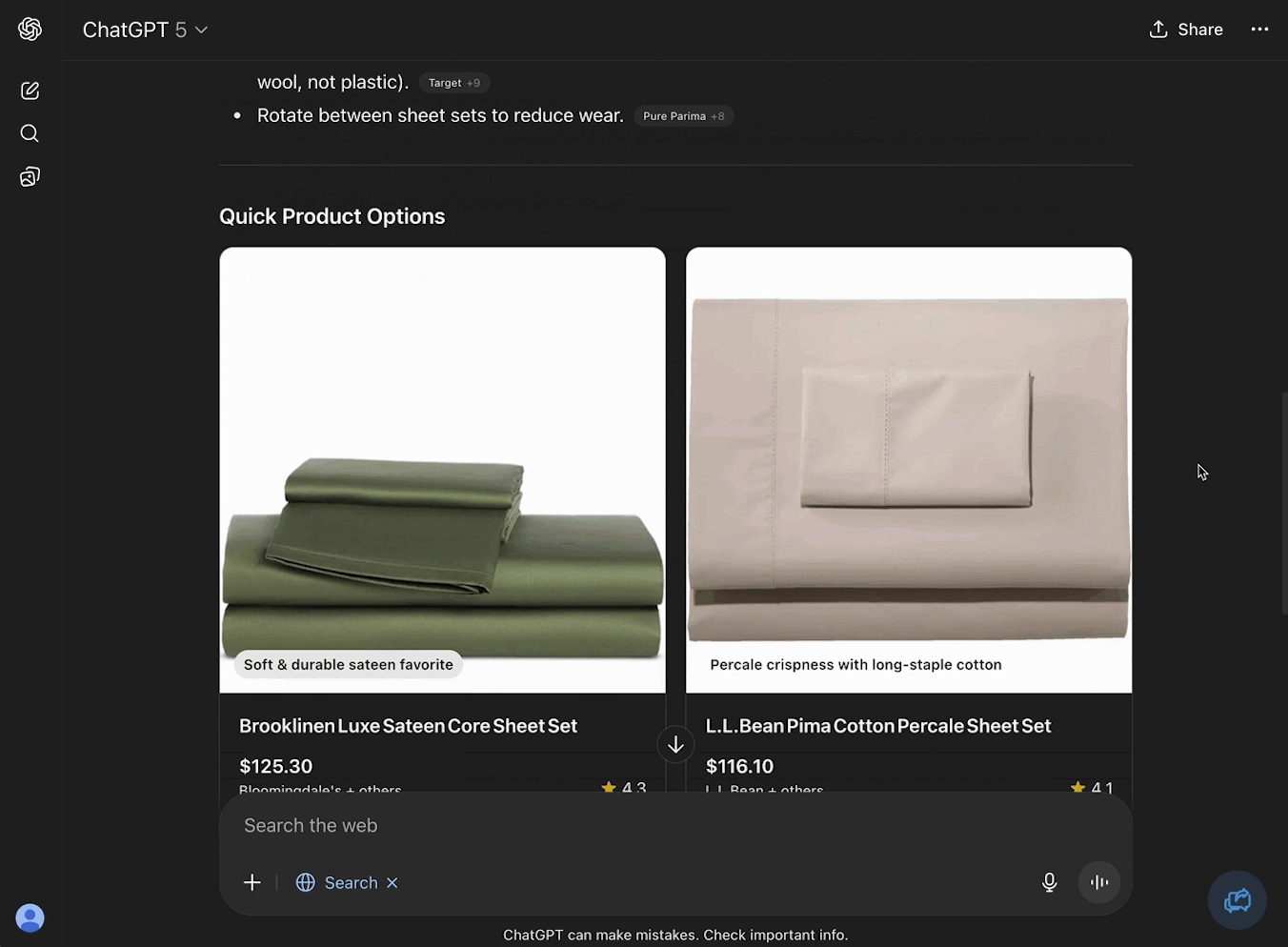ChatGPT-5 is here. Rolling out to 700M+ weekly users.
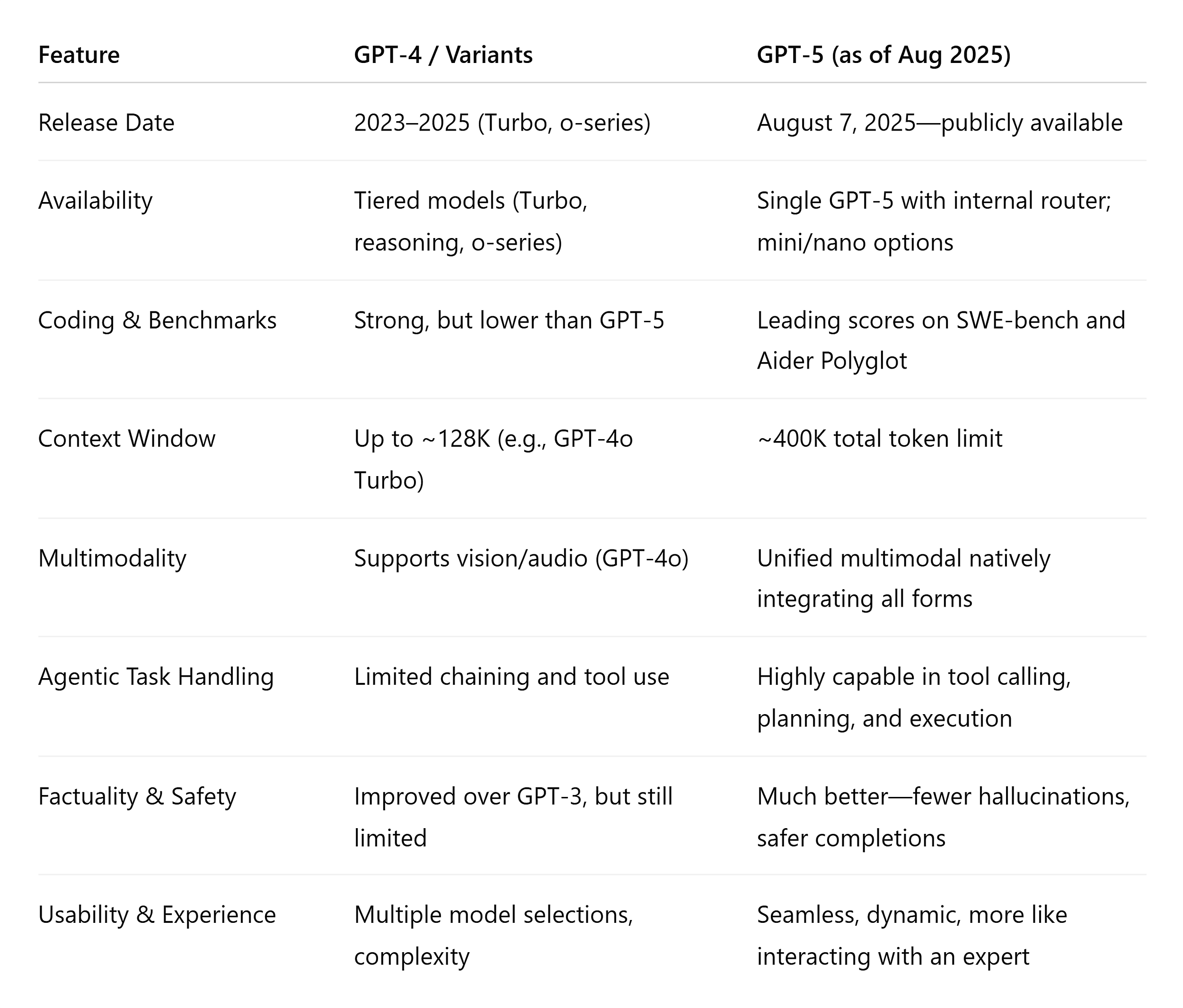
With it comes the usual hype and hot takes.
But if you’re in digital marketing, the real question is:
How does this change how people discover, research, and buy?
Especially now that “buy” can happen right inside ChatGPT. With Instant Checkout, eligible products surface a Buy Now action so customers can complete the purchase without leaving the chat.
After months of using ChatGPT extensively (and watching competitors like Google, Perplexity, Claude, and Grok evolve), one thing’s clear:
The brands that win in AI search aren’t just chasing keywords and backlinks.
They’re building topical authority, earning third-party mentions, showing up on YouTube and social, and shaping how people talk about their brand.
In other words: they’re optimizing for how they get recommended in answers — no matter who’s asking the question.
If you want to see exactly how your brand shows up in AI answers, check out our guide to the best LLM tracking tools.
What’s New in ChatGPT-5
GPT-5 is definitely an improvement over GPT-4. But the early feeling among marketers, business owners, and even software developers is that it might not be the huge leap many thought it would be.
But still, in certain areas, there are some notable gains.
Here’s a breakdown of what’s new:
Overall Capabilities
In Sam Altman’s words: GPT-4 was like talking to a college student. GPT-5 is more like talking to an expert. A legitimate PhD in any topic area that you want. And it will be broadly available to the free tier, with limits.
For a lot of queries (think fairly basic questions), it’s much faster too. And while you used to have to choose which model to use for specific tasks to prioritize speed or raw ability, GPT-5 now makes that decision for you.
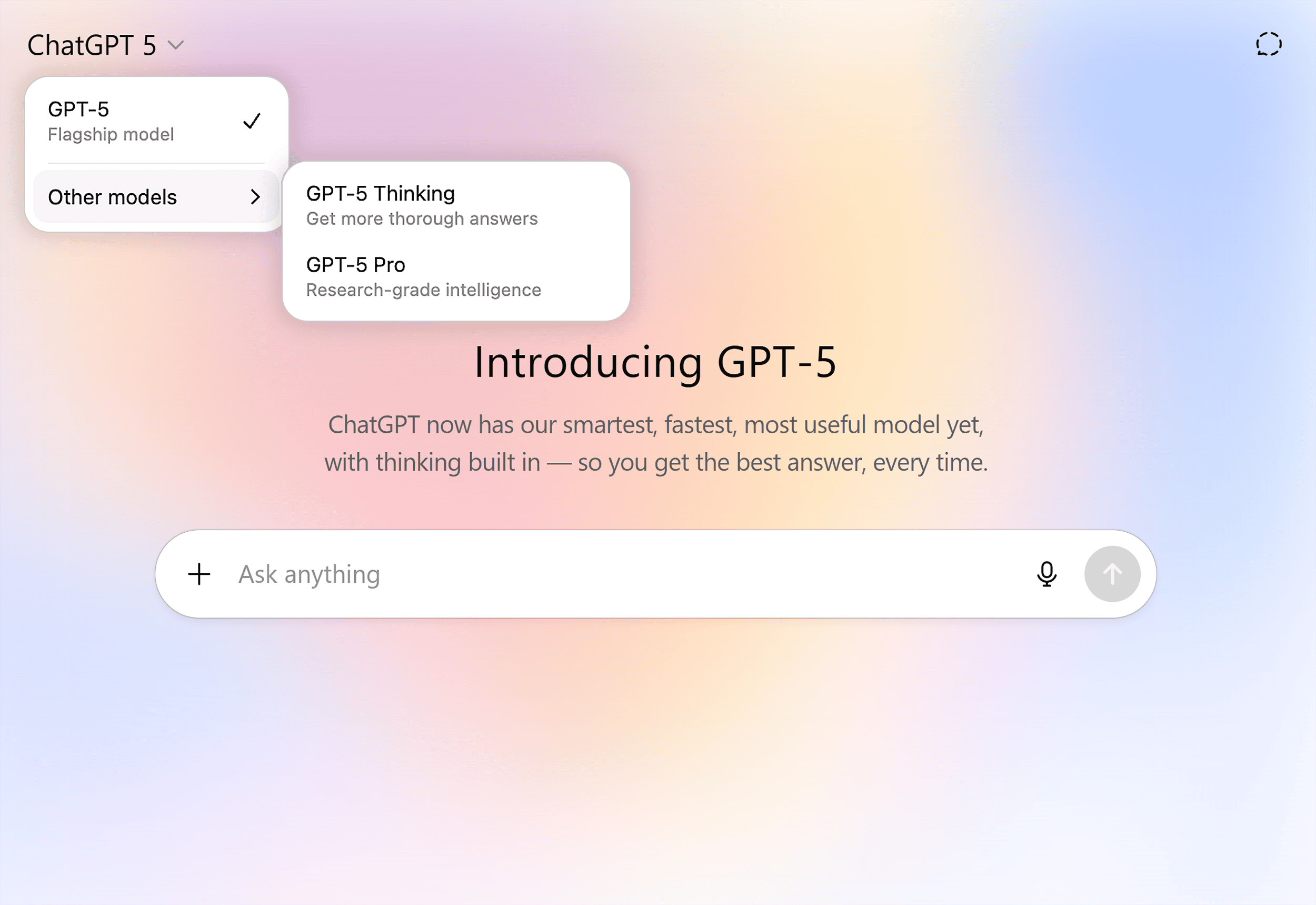
No more messing around with lots of different model names.
Better Writing
OpenAI claims that GPT-5 should write better, more natural content. For SEOs and digital marketers, this should mean improvements when it comes to AI-assisted content.
In particular, GPT-5 is significantly more accurate than its predecessors. Compared to previous models like GPT-4o and OpenAI o3, it hallucinates 4 to 10 times less often, depending on the task.
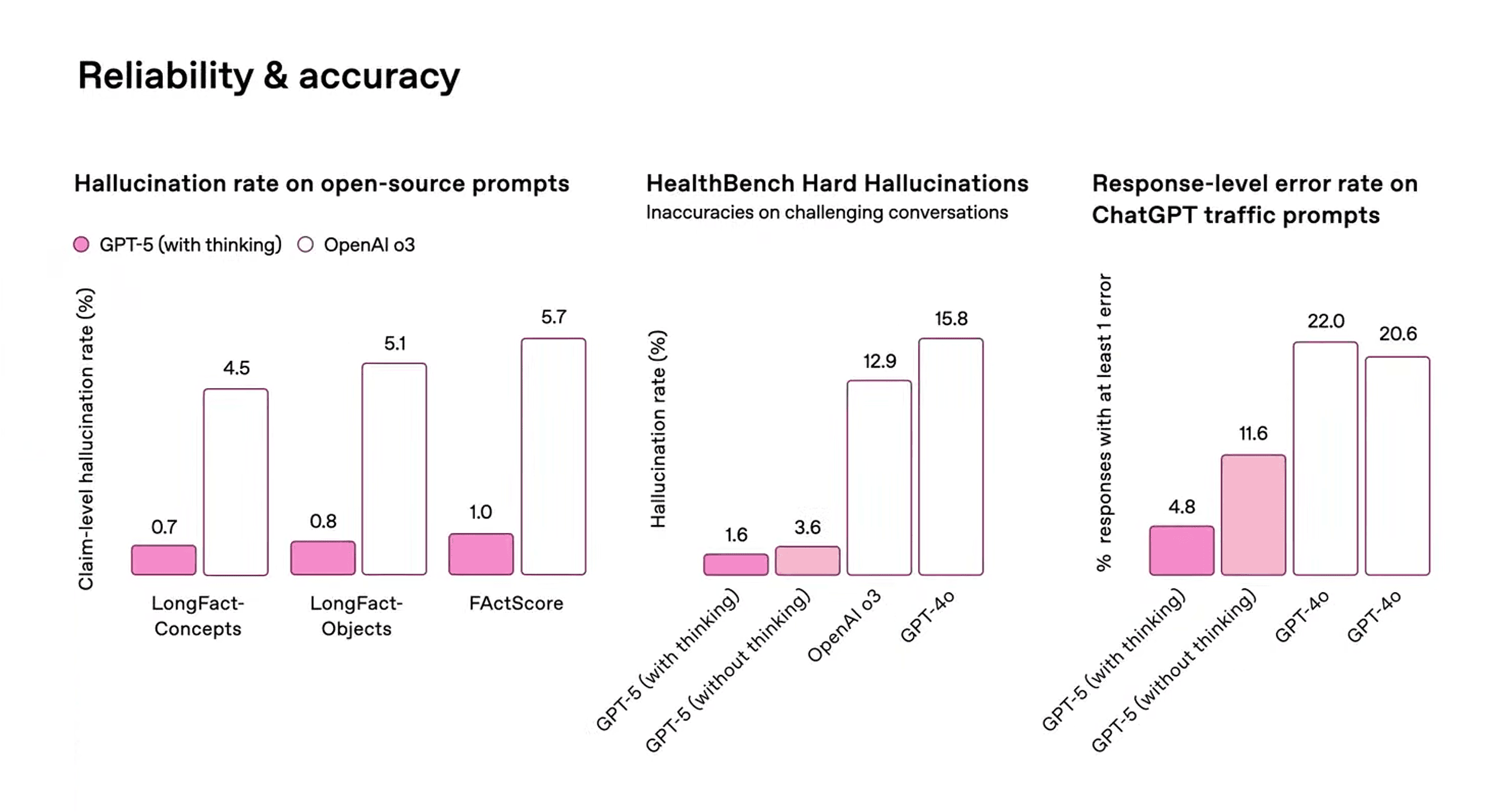
On typical ChatGPT prompts, the error rate drops to just 4.8% when using its “thinking” mode. This makes it much more reliable for research, planning, and everyday use.
But its outputs are still not a replacement for human-reviewed, high-quality content.
Coding
The biggest improvements with ChatGPT-5 over GPT-4, at least per OpenAI, are in the math and coding departments. The company seems particularly excited about its advanced coding abilities, trying to beat out competition from Google (Gemini) and Anthropic (Claude).
“It opens up a whole new world of vibe coding, with some rough edges.”
I can see these improved coding capabilities being particularly useful for custom use cases.
For example, I could upload my fitness levels and preferred workouts, then ask ChatGPT to build a workout app that can give me specific workouts and help me track my progress over time.
Voice Mode Enhancements
You get more control over how to interact with the chatbot and, eventually, also the voice assistant. You’ll be able to choose between styles like concise and professional, or thoughtful and supportive.
Memory
The goal in terms of memory is for ChatGPT to really understand what’s meaningful to you. This way, the tool has more context about your specific situation. This should in theory lead to more tailored responses.
Plus, by mid-August, ChatGPT is gaining access to Gmail and Google Calendar. I can see this being super powerful from a business organization and productivity perspective.
Safety
ChatGPT-5 is significantly less deceptive. They have completely overhauled how they do safety training. Before, it was either to outright refuse or comply. Now it’s more nuanced.
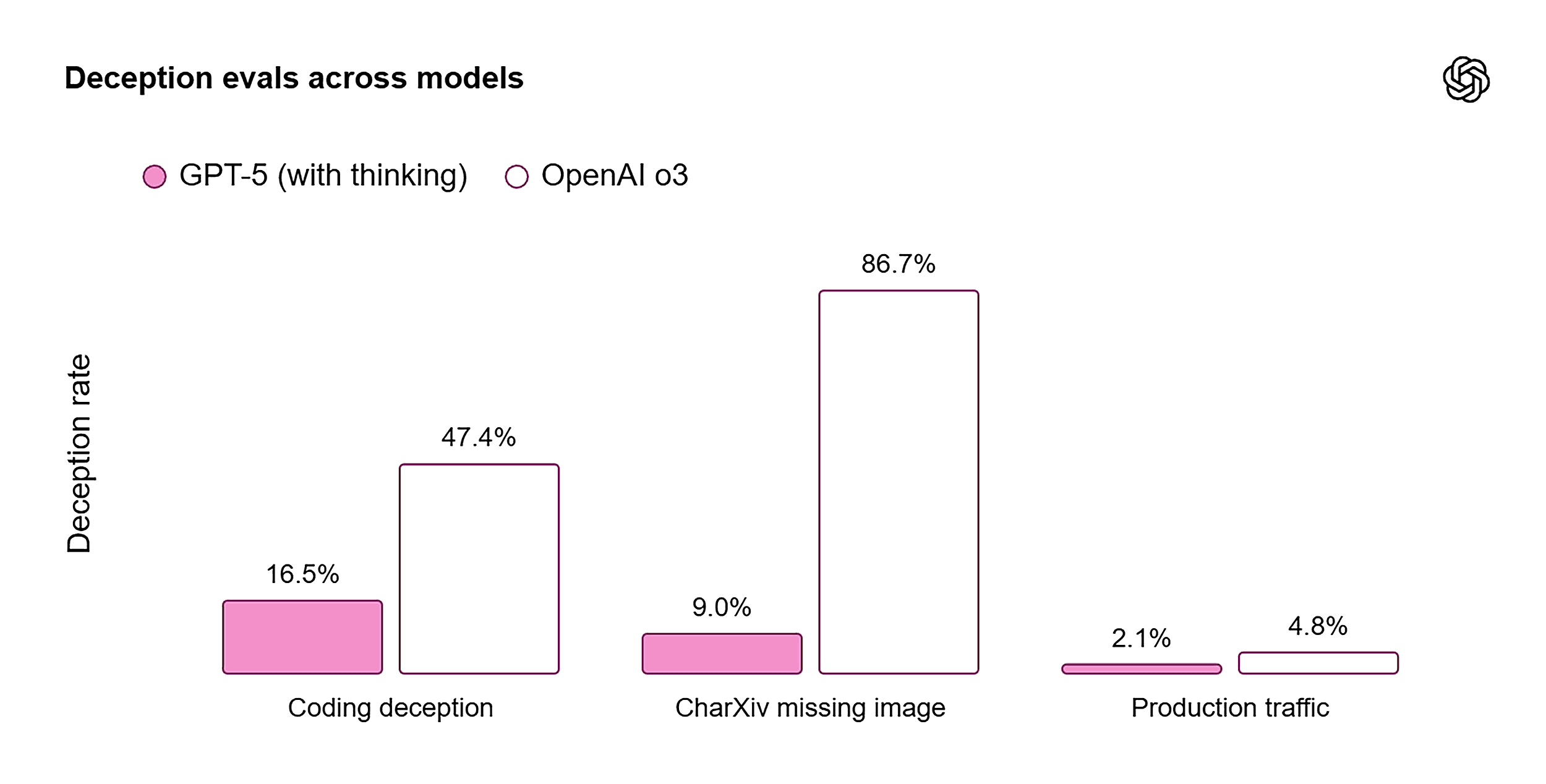
OpenAI also introduced a new concept called “safe completions.” Essentially, it should maximize helpfulness, within safety constraints. If the model has to refuse, it will tell you why.
Knowledge Cutoff
According to OpenAI’s documentation, the model’s training data cutoff was Oct 1, 2024.
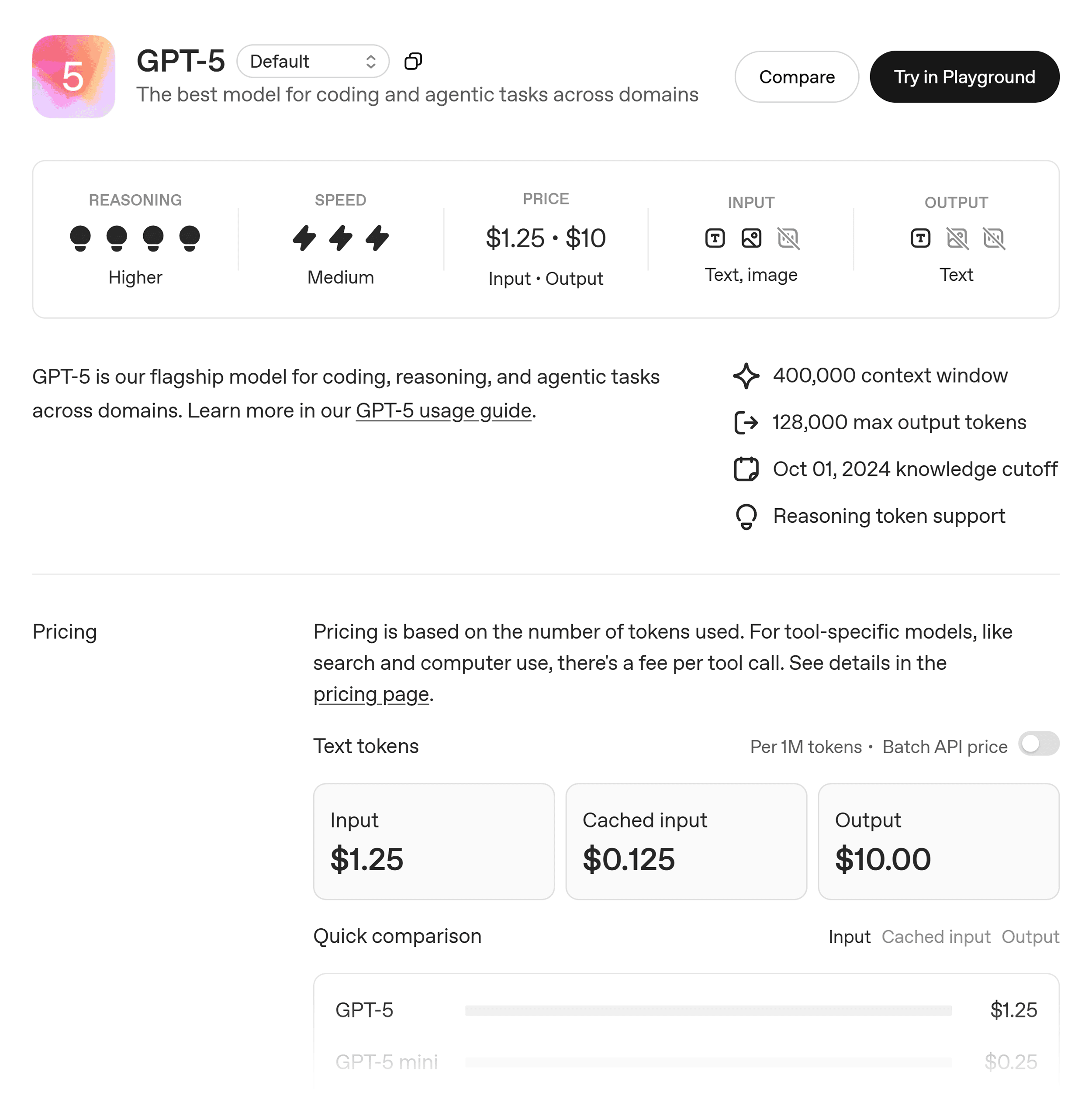
That’s newer than GPT-4o’s October 2023 cutoff, so it has a better grasp of late-2024 news changes, other trends.
It means more up-to-date baseline knowledge — but you’ll still need real-time data for anything happening in 2026.
Note: As with any new major release, it’s worth testing out for yourself to understand its capabilities for your specific needs. It’s easy for reviewers to cherry pick examples of it working incredibly well or not so well. The only way to know for sure is to try it yourself.
What Marketers Need to Know
ChatGPT-5 is a clear step up from GPT-4, with huge potential for both business and personal use.
But the fundamentals for marketers haven’t changed — the way you use LLMs and what they mean for your strategy still comes down to the same core principles.
1. ChatGPT-5 Still Pulls From Search Engines
We don’t know the exact mix GPT-5 uses for live lookups.
It could still be leaning on Google like ChatGPT-4o. It could be Bing. Most likely, it’s a blend of both plus OpenAI’s own retrieval system.
Either way, the rule for marketers stays the same:
- If you want to be in the mix for citations, you need to be findable in search engines
- That means optimizing for the right terms, having a technically sound site, and matching search intent
Optimizing for AI doesn’t replace SEO. It just makes SEO table stakes for getting recommended in AI answers.
2. AI Visibility Is a Multi-Surface Challenge
Here’s the reality today:
ChatGPT currently dominates in terms of total users. And its usage is growing:
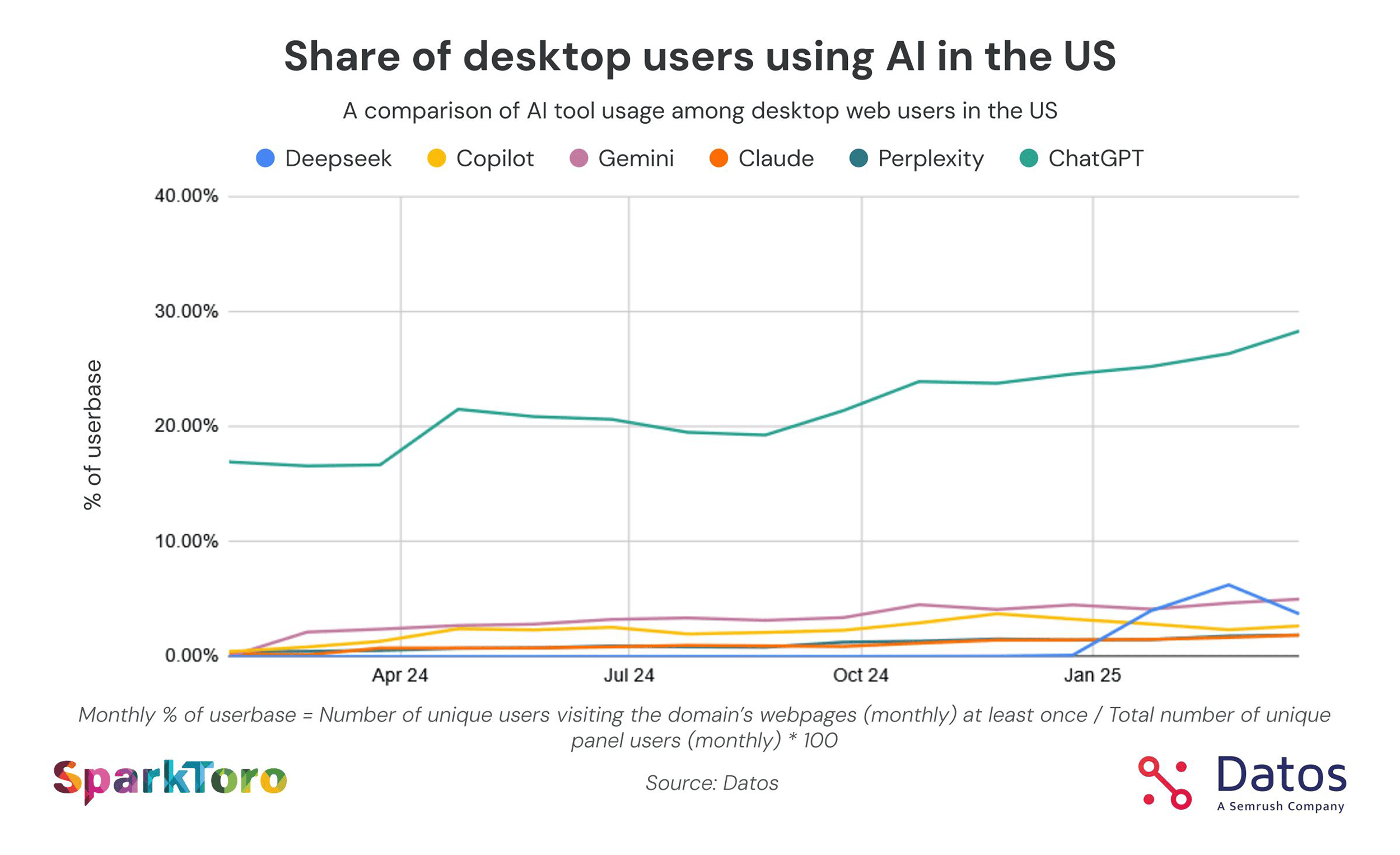
But aside from ChatGPT, you need to consider the larger AI search space.
While ChatGPT reaches ~5X more users than Google’s Gemini app, the gap is not necessarily going to stay like that.

Just think back to the rise of Slack.
Guess who eventually reached the most users?
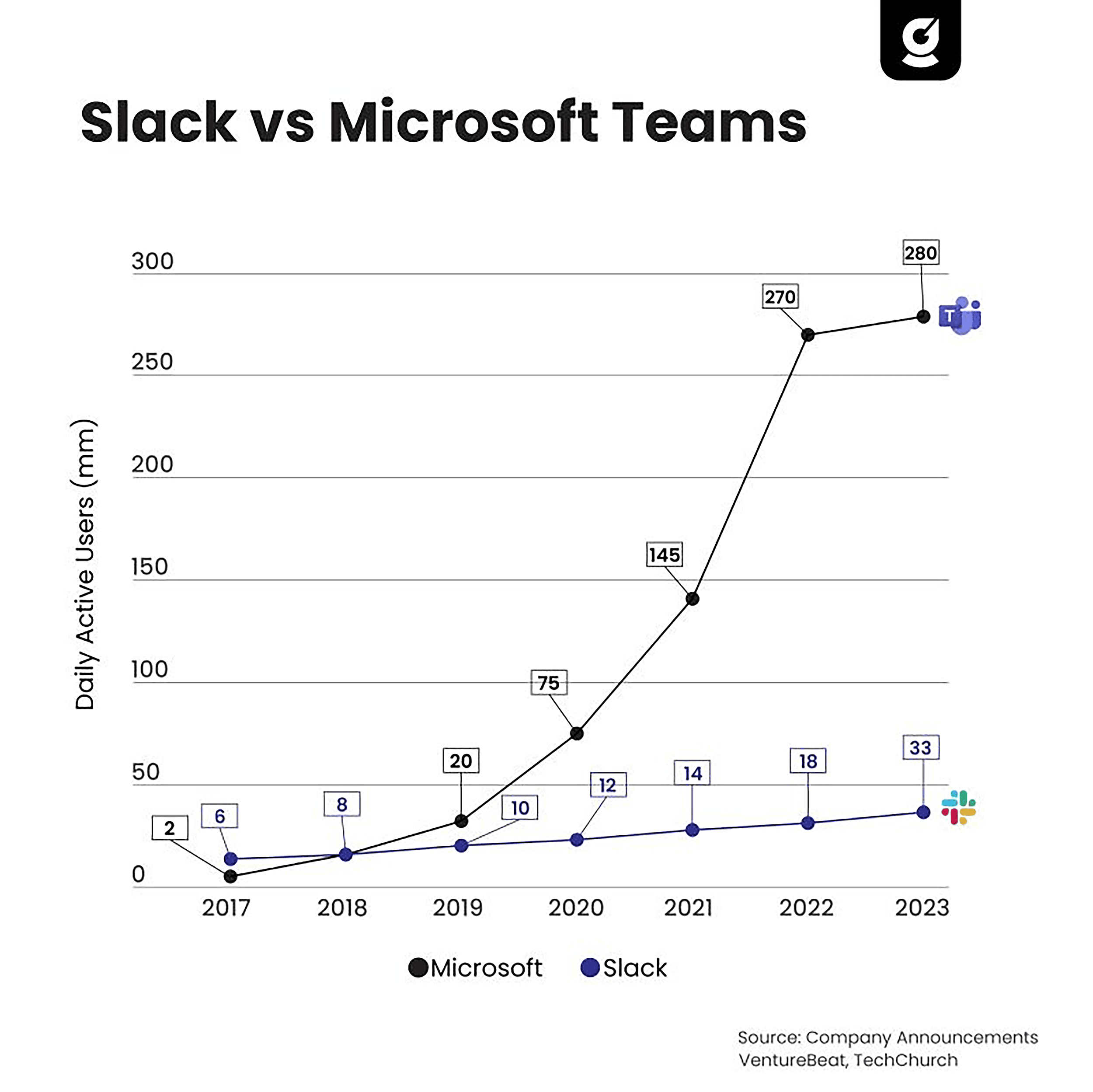
And the broad LLM technology behind ChatGPT is being used by all of its competitors.
For Google, that’s in AI Overviews (which reach nearly 17% of US queries) and Google AI Mode (their chat search experience).
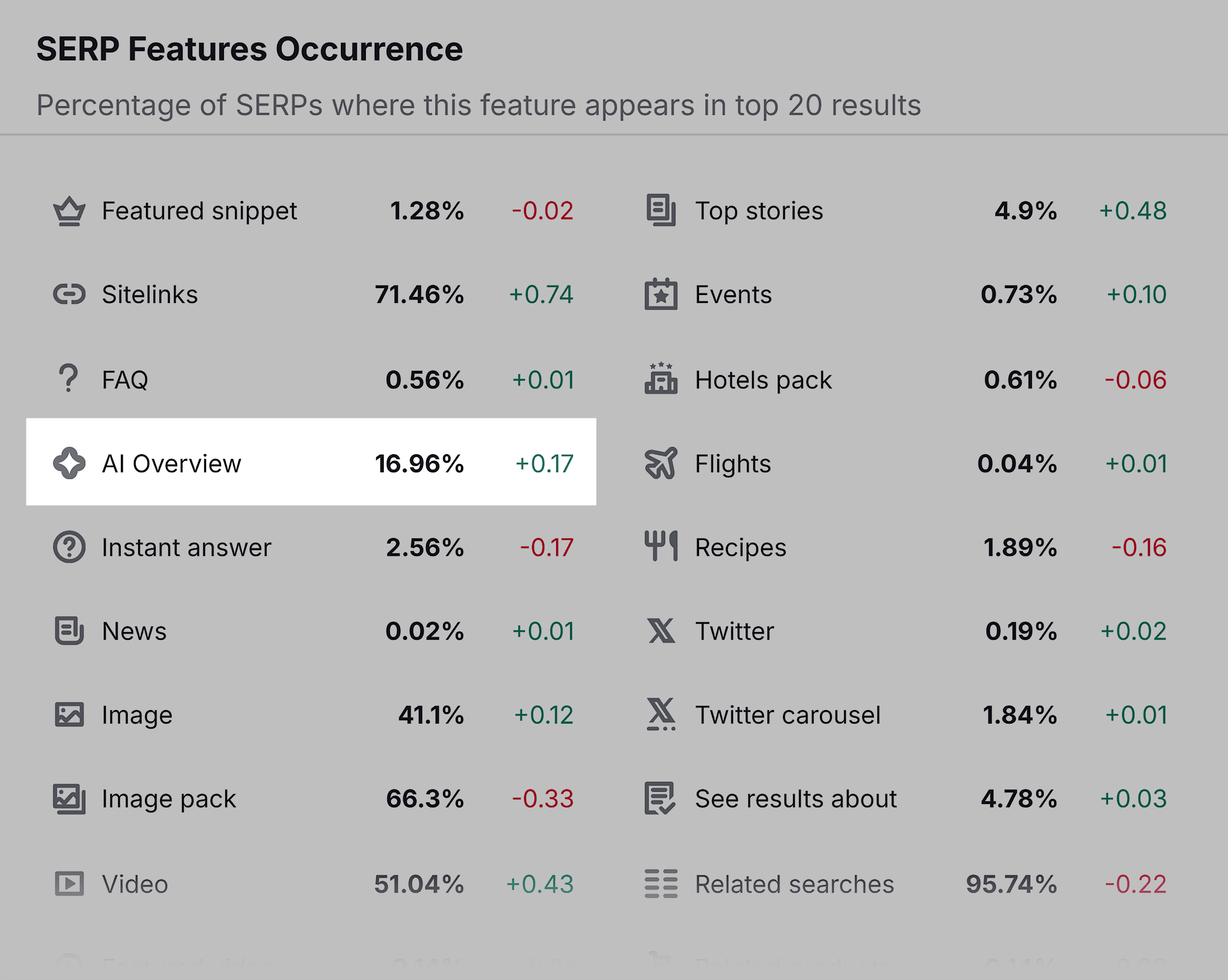
Smaller competitors like Claude, Perplexity, Grok are still gaining share fast.
What’s the pattern?
AI discovery is not just tied to one tool. It’s happening across multiple generative engines — all with their own rules.
You need a brand strategy that works across:
- Prompts and questions
- Web results and citations
- Source quality and brand authority
Don’t just focus on ChatGPT because it’s the biggest, and your brand currently shows up there.
If your customers are using Google AI Mode, Claude, or Perplexity, and you’re not showing up in these tools, you’re leaving money on the table.
3. Brand Mentions > Backlinks
Search engines reward links.
LLMs reward mentions.
If your brand keeps showing up in high-quality content — and that content is clear, well-structured, and semantically relevant — you get pulled into more answers.
Whether GPT-5 now cites sources differently or not, it’s trained on the same core patterns, meaning:
Strong brands get surfaced more often.
If you want to future-proof your visibility:
- Publish content that earns mentions naturally
- Use clear product and brand language that LLMs can understand
- Strengthen your position in category-defining content
Want to know where you stand right now?
Use Semrush’s AI Visibility Toolkit to find out exactly how you fare against your competitors in terms of AI citations across Google AI Mode, SearchGPT, and Perplexity:
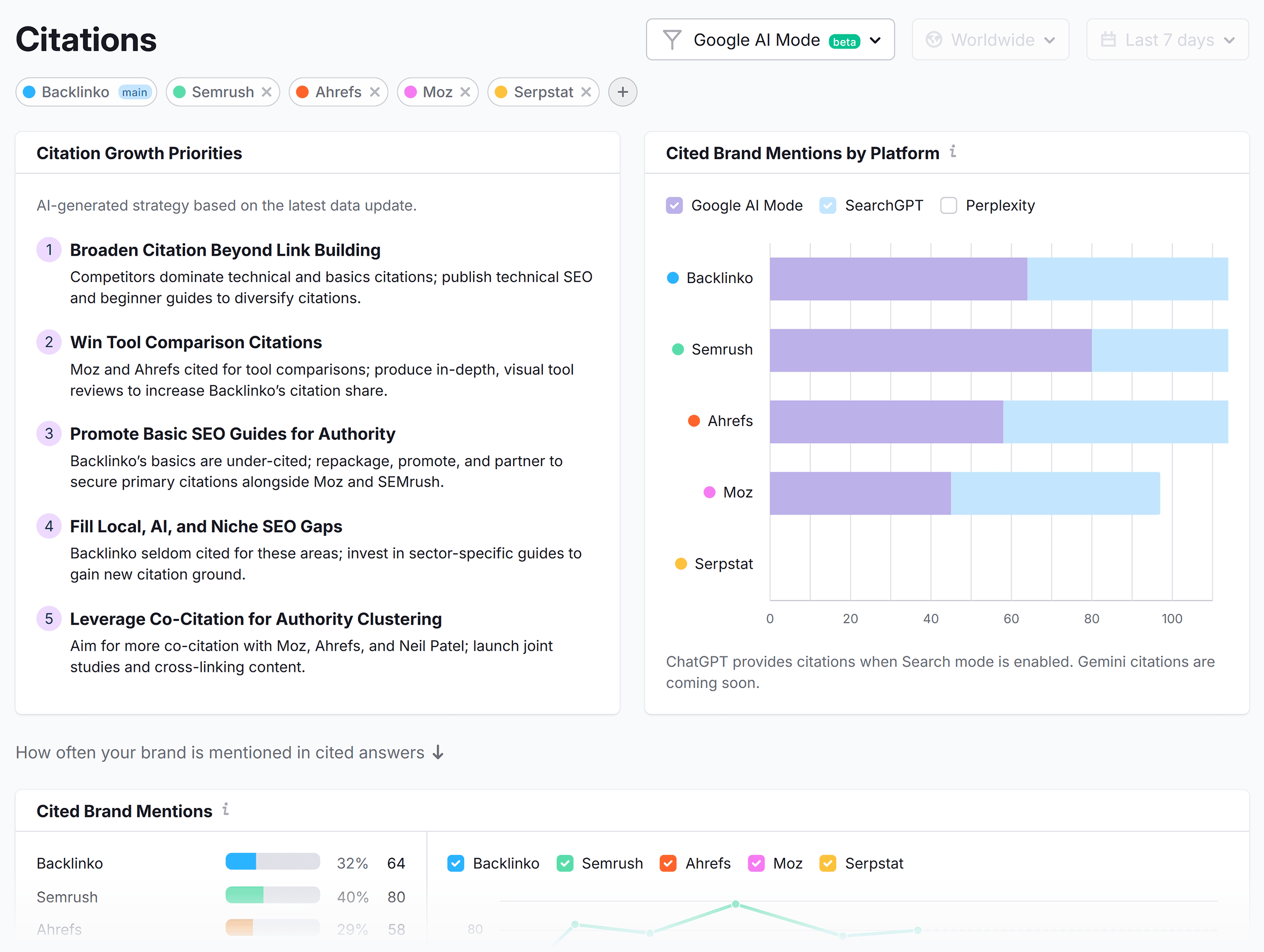
You’ll also see how often your brand is mentioned by these tools over time, so you can track the impact of your LLM optimization efforts:
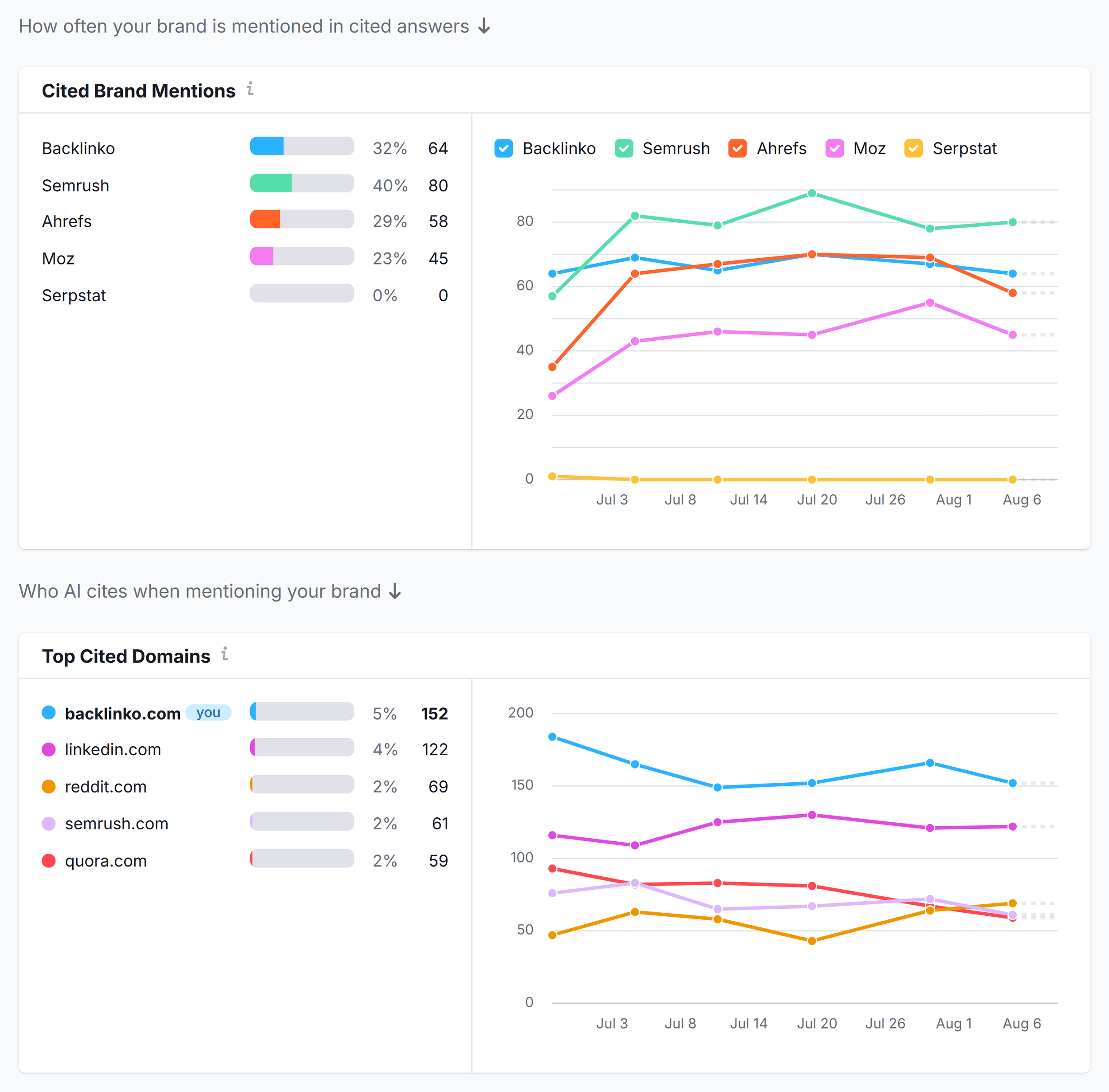
4. Prompts Are the New Keywords
People don’t talk to LLMs like they search Google.
Instead of “best bed sheets,” they ask:
- “What are the comfiest bed sheets that don’t get too hot at night?”
- “I need high-quality sheets that won’t pill after a few washes. Any brand recs?”
- “What do hotels use for sheets, and can I buy something similar for home?”
The winners in ChatGPT-5 aren’t the ones who just rank in Google.
They’re the ones whose brand comes up when your ideal customer asks tools like ChatGPT a high-intent question.
Optimize for this by building a prompt library based on customer jobs-to-be-done.
Do this even faster with tools like Semrush’s AI Visibility Toolkit. Just enter your domain name and head to the “Questions” tab.
Scroll down and you’ll see questions real customers in your industry are asking.
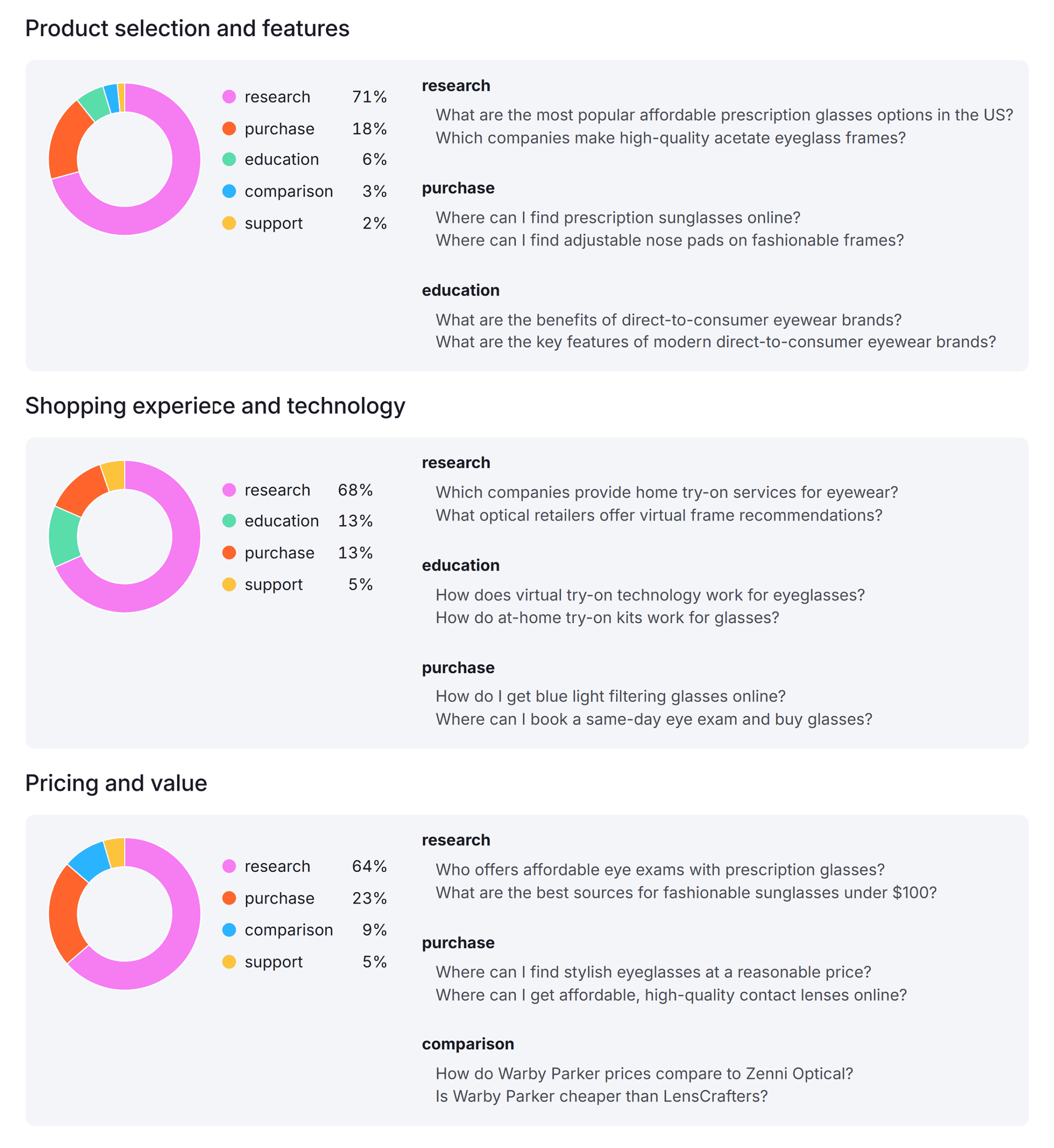
Create new content around these questions, and use them to optimize your existing content.
Then, use the “Visibility” tab to monitor your share of voice across not just ChatGPT, but also Google’s AI Mode, Perplexity, and Gemini:
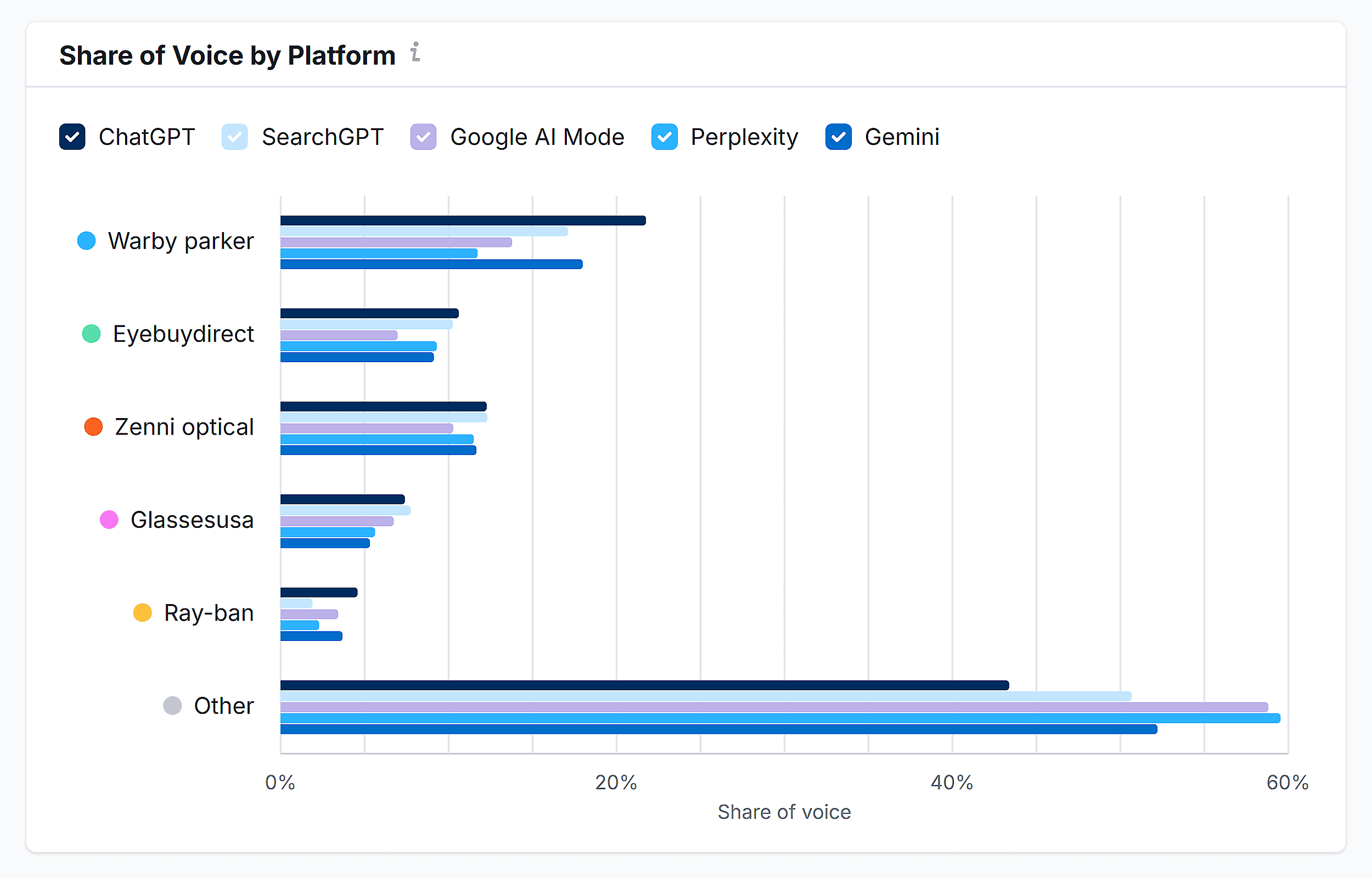
How to Win With GPT-5
GPT-5 is faster, more accurate, and more powerful.
But it won’t change the underlying reality for marketers:
If your brand isn’t clear, trusted, and visible in high-quality content, you will be invisible in AI answers.
Learn more about what really matters in our guide to LLM visibility.
Backlinko is owned by Semrush. We’re still obsessed with bringing you world-class SEO insights, backed by hands-on experience. Unless otherwise noted, this content was written by either an employee or paid contractor of Semrush Inc.




